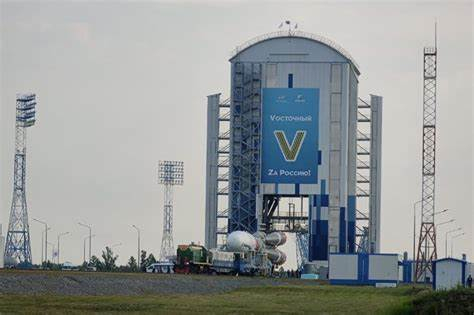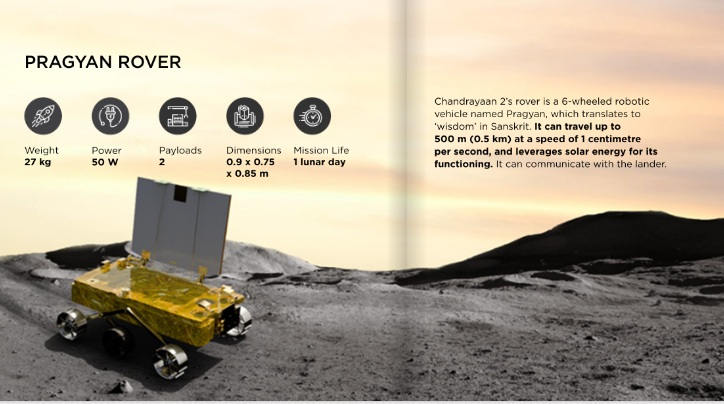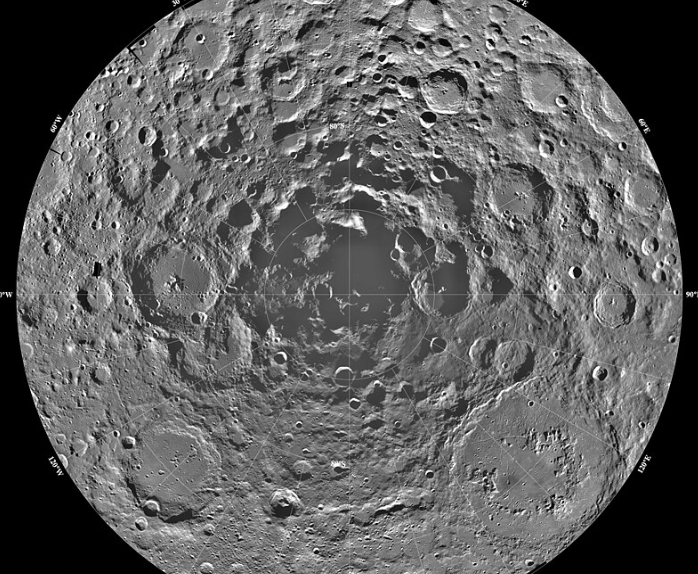India is waiting with bated breath as its ambitious Chandrayaan-3 spacecraft is attempting a landing on the moon's south pole this evening. A successful landing on the moon will mark a momentous achievement for India. which will become only the fourth country to land on the Moon after the United States, Russia and China.
The Indian Space Research Organisation's (ISRO) launched the Chandrayaan-3 (moon vehicle) comprising an orbiter, lander and a rover from the Sriharikota space centre on July 14. The spacecraft is schedculed to land on the lunar south pole about 6:04 p.m. local time on Wednesday.

2019 Mission
The ISRO had launched the Chandrayan-1 with the same mission in 2019 but the craft failed during the soft landing manoeuvre. Though the lander failed to make a soft landing on the lunar surface, its orbiter is still circling the Moon, making the mission a partial success.
India's moon mission recorded the first major accomplishment in 2008, when Chandrayaan-1 carried out what was then acclaimed as the first and most detailed search for water on the lunar surface.
Leading Space Explorer

After the successful launch of the Chandrayaan last month, India Prime Minister narendra Modi said the mission augurs well for the entire humanity. The mission has scripted a new chapter in India's space odyssey, he said, adding that it "soars high, elevating the dreams and ambitions of every Indian."
Why South Pole
The Indian space organizaion has chosen the moon's south pole for landing as this is a region that has not been focused much in the previous lunar missions by other space nations. According to ISROC officials, the Chandrayaan-3 will land at 70 degrees latitude, near the moon's south pole and more or less the same site as the Chandrayaan-2's attempted landing.

If the ISRO mission works perfectly, India will become the world's first country to soft-land near the lunar south pole. Previous lunar spacecraft have alll landed on the Moo's equatorial region, while the furthest that any spacecraft has traveled beyond the equator was Nasa's Surveyor 7, which landed near 40 degrees south latitude.
Exploration of the south pole of the Moon is of crucial importance for future space and lunar missions as this region is supposed to hold water. "We have more scientific interest in this spot because the equatorial region, which is safe for landing, has already been reached and a lot of data is available for that ... If we want to make a significant scientific discovery, we have to go to a new area such as the south pole, but it has higher risks of landing," ISRO chairman S. Somanath said.
The Rover
The mission's lander is called Vikram, after the founder of India's space research organization, Vikram Sarabhai. The lander weighs about 1,500kg and it carries the rover named Pragyaan, whcih is the Sanskrit word for wisdom.
ISRO said the Lander will have the capability to soft land at a specified lunar site and deploy the Rover which will carry out in-situ chemical analysis of the lunar surface during the course of its mobility. The lander and the 26kg-rover have scientific payloads to carry out experiments on the lunar surface.
Pragyaan will analyse the chemical makeup of the moon's surface and search for water, using its laser beams that will melt a piece of the lunar surface, called regolith.
"The rover is carrying five instruments which will focus on finding out about the physical characteristics of the surface of the Moon, the atmosphere close to the surface and the tectonic activity to study what goes on below the surface. I'm hoping we'll find something new," Somanath said.
How to Watch the Moon Landing Live
ISRO will livestream the landing, which is likely to take place around 6.04 pm local time (Indian Standard Time). It can be watched on ISRO website. The landing can also be watched live on ISRO's official YouTube channel and ISRO's official Facebook channel.
Read more









